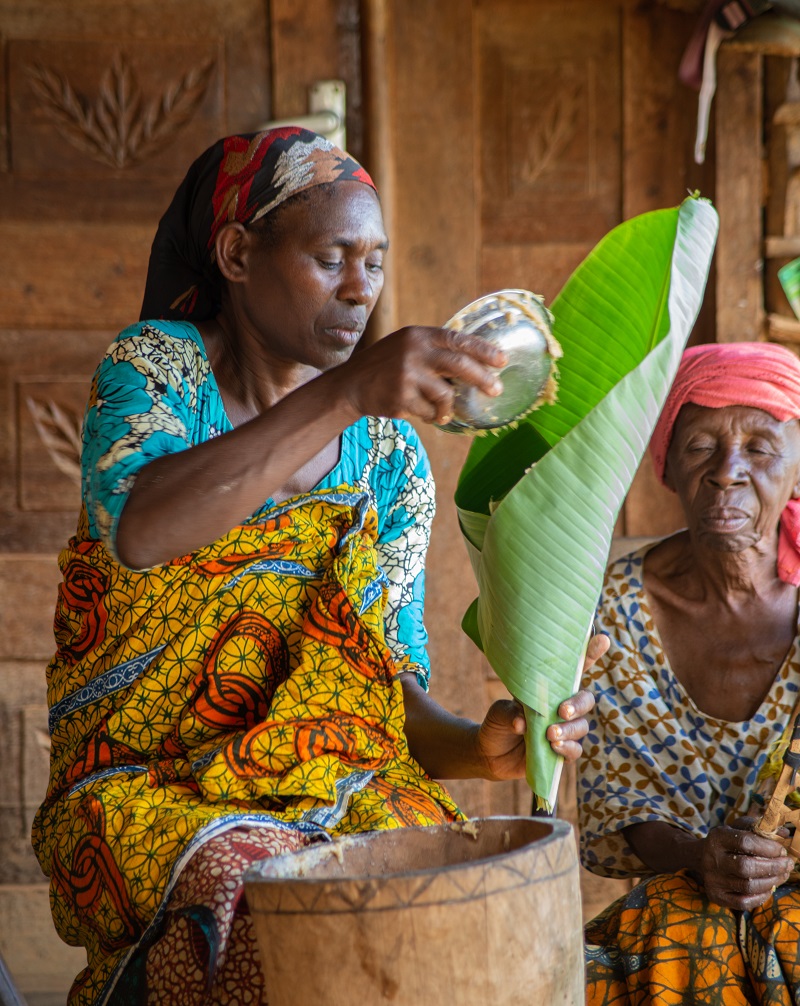Using a participatory, inclusive and non-discriminatory approach, beneficiary households are identified through awareness-raising workshops in all project villages. The principle is voluntary and unconstrained, and includes the restoration of at least 0.5 ha of cultivated land capital for each farming household. Each plot is inventoried, geolocated and mapped. The condition of each plot (cultivation history, yield, trees present, etc.) is established and well documented. The restoration of the plot is carried out bilaterally, with each party contributing its share: the project 80% (payment of ambassadors, provision of seedlings, contribution to site preparation, etc.) and the household 20% (in kind, search for stakes, planting, maintenance of the plantation).
